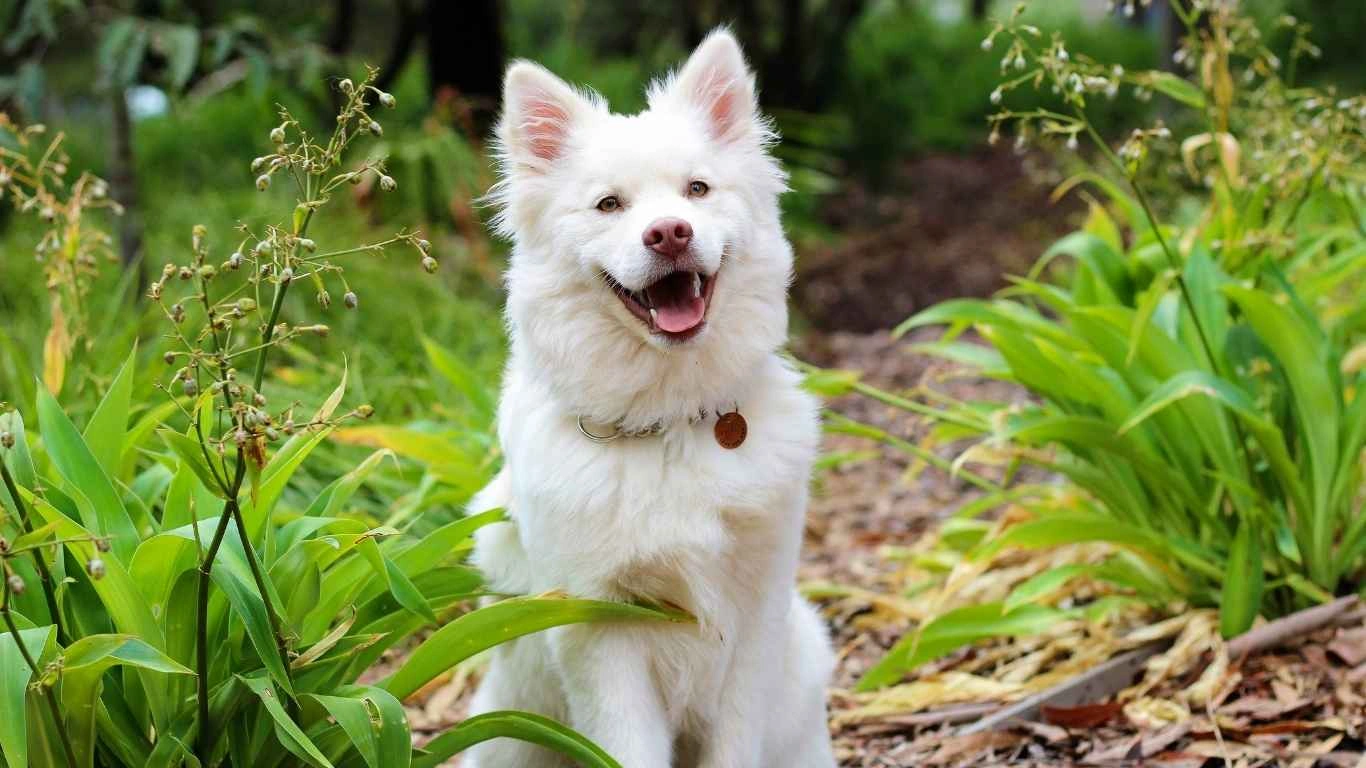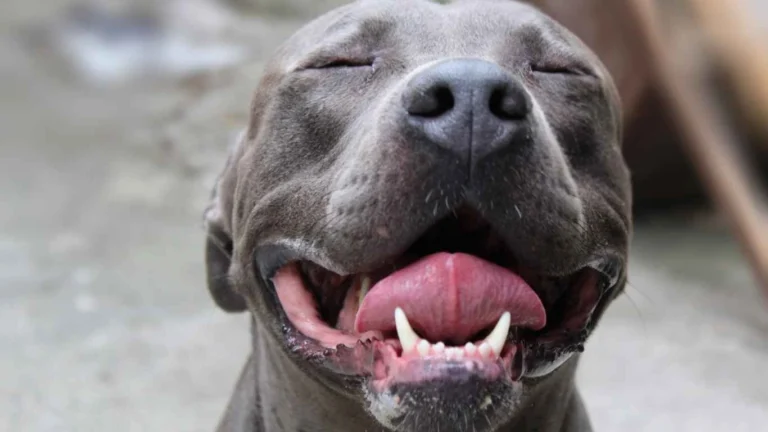How to Calculate Calorie Needs for Your Dog: A Must-Know Health Guide
When pet parents ask me how to calculate calorie needs for your dog, I get it — it’s not as straightforward as people might think. Back when I worked hands-on as an Animal Care Specialist at both a bustling pet clinic and later at a local shelter, I saw first-hand how diet can drastically impact a dog’s energy, mood, and even their recovery from illness. And let me tell you — just “eyeballing it” rarely works. Every pup has their own unique caloric blueprint, depending on things like age, size, lifestyle, and yes — even breed quirks.
Understanding Why Calorie Counting for Dogs Actually Matters
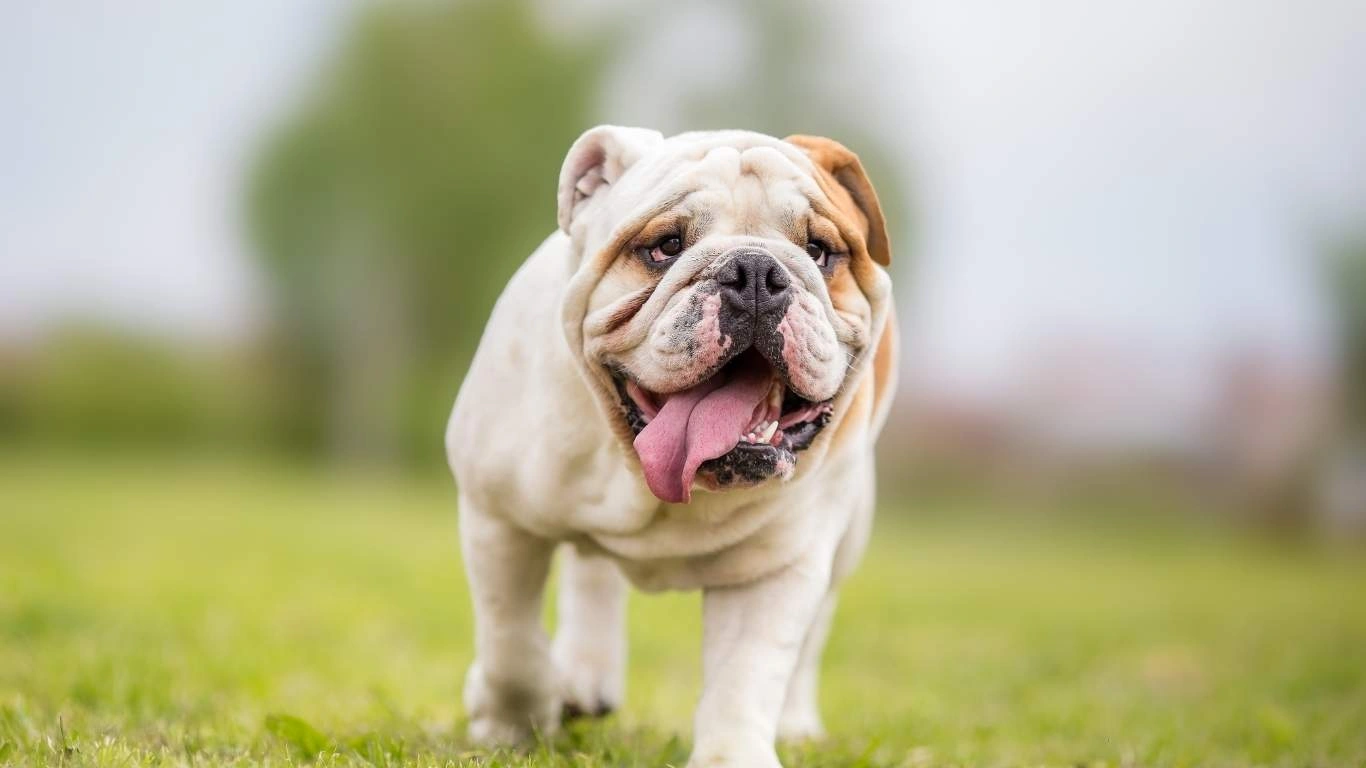
You wouldn’t feed a toddler the same portion size as a grown adult, right? Same logic applies to dogs. Whether you’ve got a couch-potato Chihuahua or a hyperactive Husky, figuring out their daily energy needs is crucial to maintaining a healthy weight, supporting joint health, and avoiding obesity-related illnesses down the line. I’ve seen so many cases where loving dog parents were unintentionally overfeeding — or underfeeding — their pups simply because they didn’t know how to calculate the proper calorie requirements.
Why “One Size Fits All” Doesn’t Work for Dog Diets
I remember a family who brought in their beagle, Buddy, complaining that he seemed sluggish. Turns out, he’d gained a little too much “love weight.” They were feeding him based on the back of a generic dog food label. That’s a common pitfall. Those labels are just ballpark figures — not tailored to your dog’s individual needs.
- Age: Puppies burn through calories faster than seniors.
- Breed: A Greyhound’s metabolism is different from a Bulldog’s.
- Activity Level: Couch potatoes need fewer calories than hiking buddies.
- Health Status: Illness or recovery demands more energy from the body.
It’s not just about keeping your dog lean either. The right amount of calories supports coat health, energy levels, immune system function, and even mood. It’s wild how much behavior can improve with proper nutrition.
How to Calculate Calorie Needs for Your Dog: Let’s Break It Down

Now here comes the juicy part — how do you actually calculate calorie needs for your dog without getting a headache? It all starts with your dog’s Resting Energy Requirement (RER). That’s the number of calories they need just to stay alive — to breathe, digest, and keep the lights on, so to speak.
Step 1: Find Their Weight in Kilograms
If you’re in the U.S., take your dog’s weight in pounds and divide by 2.2 to convert to kilograms. So if your pup weighs 30 lbs:
30 ÷ 2.2 = 13.6 kg
Step 2: Calculate the RER
The formula for RER is:
RER = 70 x (body weight in kg)^0.75
So using our example:
RER = 70 x (13.6)^0.75 ≈ 70 x 6.68 ≈ 467.6 calories/day
That’s just for resting. Once you factor in their activity level, you’ll multiply the RER by a specific factor — more on that next!
Step 3: Apply the Life Stage & Activity Multiplier
Here’s where your dog’s lifestyle and life stage come into play:
- Neutered adult: RER x 1.6
- Active adult: RER x 2.0 (or more!)
- Puppy: RER x 2.0 to 3.0
- Senior: RER x 1.4 (depending on mobility)
- Weight loss: RER x 1.0 (but talk to a vet first!)
So if Buddy the beagle’s RER is 467.6, and he’s an active young dog, you’d do:
467.6 x 2.0 = 935.2 calories/day
That’s the number his meals should add up to in a 24-hour period — including treats, snacks, and dental chews (yep, they count too!).
Pro Tip From My Clinic Days
One thing I always told pet parents was to use a calorie tracker — not just for themselves, but for their dogs too. Even jotting it down in a notebook helps. Trust me, the difference it makes is huge when you’re trying to get your pup on track or prevent long-term health issues.
How to Adjust If You Notice Weight Changes

Now that you know how to calculate calorie needs for your dog, the real trick is staying consistent and observant. At the shelter, we had a golden rule: if the dog’s weight changed by more than 5% in a month (without a medical reason), it was time to reassess their calorie intake. Even little tweaks — like cutting back on high-calorie treats — can go a long way.
Tracking Your Dog’s Calorie Intake Without Losing Your Mind

Alright, so now you’ve figured out how to calculate calorie needs for your dog — high five for that! But here’s the deal: knowing the number is just the start. The next step is making sure you’re actually sticking to it. In my clinic and shelter days, I saw so many loving pet parents slip up here — not out of neglect, but just because treats pile up fast (those puppy-dog eyes are powerful).
One of my go-to recommendations? Use a simple calorie log — whether it’s an app or just your Notes app on your phone. Even snapping a quick pic of what you fed during the day helps. You don’t have to go full spreadsheet-mode unless you want to. Trust me, a little tracking goes a long way when you’re trying to stay consistent.
Every Bite Counts — Including Treats
This is a biggie. So many people forget to factor in those “just one little biscuit” moments. But those extras can seriously add up — especially for small dogs. A 25-calorie treat might not seem like a lot, but for a 10-lb dog who only needs 350 calories a day? That’s a chunk.
- Limit treats to no more than 10% of daily calories
- Use low-cal training treats (break big ones in half!)
- Try swapping treats for praise, belly rubs, or a fun toy
I remember one elderly pug, Daisy, who kept gaining weight no matter how “perfect” her diet seemed. Turns out, the kids in the house were sneaking her bites of toast every morning. Once we adjusted for that (and got her some tasty low-cal chews instead), her weight leveled out beautifully.
Reading Dog Food Labels Like a Pro

If you’ve ever squinted at the back of a dog food bag and felt overwhelmed, you’re not alone. Dog food labels aren’t always the easiest to decipher — and sometimes they don’t even give you all the info you need. But once you know what to look for, you can make way more informed choices.
What to Look For on a Dog Food Label
Start by finding the “calories per cup” or “kcal/kg” section. Most quality brands will list this somewhere near the feeding chart. That’s your reference point when portioning out meals. For example, if your dog needs 600 calories per day, and the food provides 400 calories per cup, they’ll need 1.5 cups per day — divided over however many meals you’re feeding.
Also, check for:
- AAFCO Statement: This confirms the food meets basic nutritional standards.
- Protein & Fat Ratios: Growing or active dogs need higher percentages.
- Ingredient List: Watch out for fillers like corn gluten or meat by-product meals.
From my experience, don’t be afraid to ask your vet or even email the dog food company directly if something’s unclear. Reputable brands are happy to share more detailed nutritional info.
Adjusting Calories for Real Life Situations
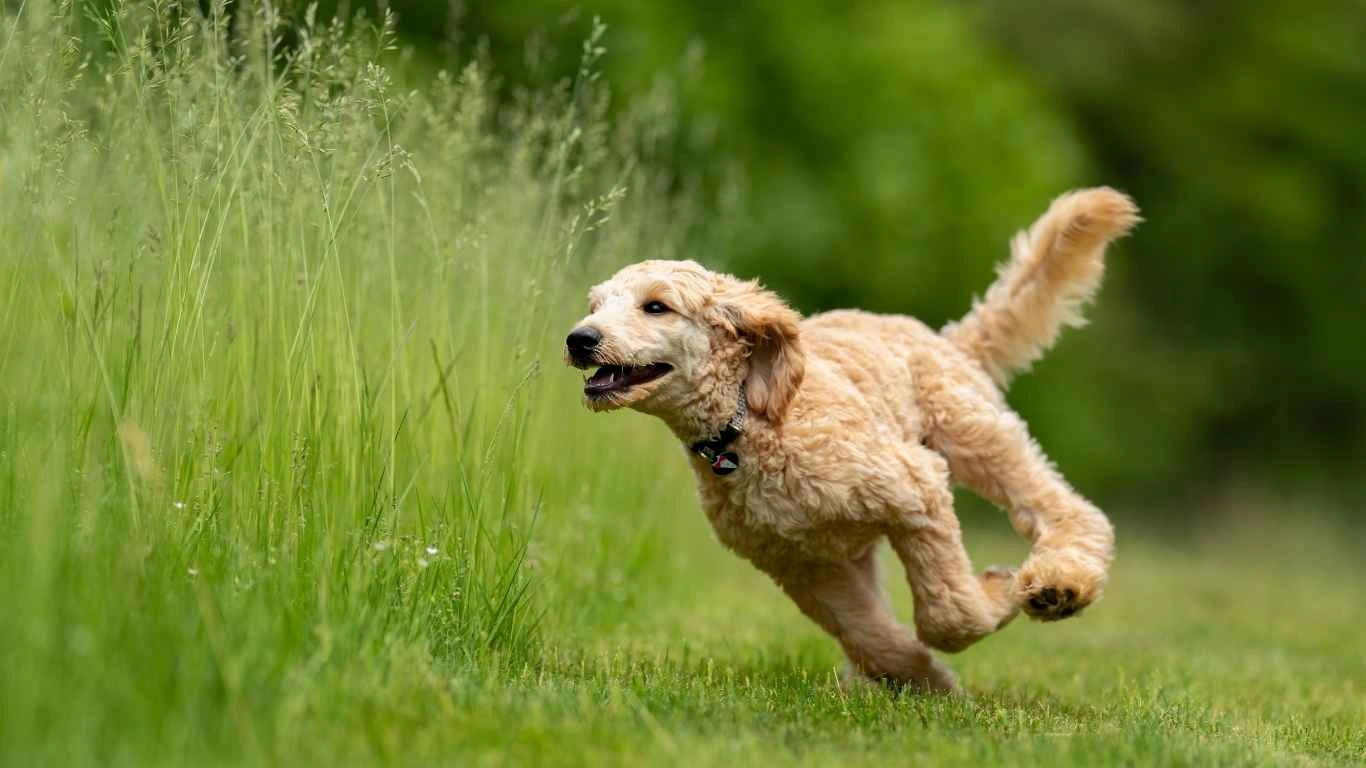
No matter how carefully you plan, life happens. Maybe your dog’s recovering from surgery, suddenly less active, or you just moved to a colder climate where they burn more energy staying warm. That’s totally normal — and it means their calorie needs are going to shift.
When to Reassess Calorie Needs
- After a major weight gain or loss
- Changes in activity level or routine (like switching from daily hikes to apartment living)
- Age-related changes — seniors usually need fewer calories than energetic young dogs
- Post-surgery or illness recovery
I once cared for a rescued Border Collie named Milo who came in underweight and weak. We calculated his calories at recovery level (RER x 2.5), and slowly brought him up to a healthy weight over a few weeks. Once he stabilized, we adjusted his calories back down to a maintenance level so he wouldn’t overshoot into obesity. It’s all about adapting.
How to Make Adjustments Safely
If you think your dog’s weight needs tweaking, the best approach is gradual. Aim for a 5-10% adjustment in total calories per week. And always weigh your dog weekly if you’re making changes — not just by sight (fur can be sneaky!).
Weight Loss Example: If your dog needs 700 calories/day but is overweight, drop down to around 630 for a few weeks and monitor progress. If they’re losing too fast, ease back up. Same goes in reverse for weight gain.
And hey, don’t hesitate to check in with your vet — or a certified canine nutritionist if your dog has special needs. There’s no shame in asking for help. Your dog’s body is constantly changing, and you’re doing the right thing by paying attention.
Up next, we’ll dive deeper into understanding your dog’s Body Condition Score and how to use it as a guide for feeding — plus some common feeding mistakes even experienced dog owners make (yep, I’ve made a few myself).
Using the Body Condition Score (BCS) to Fine-Tune Calorie Needs
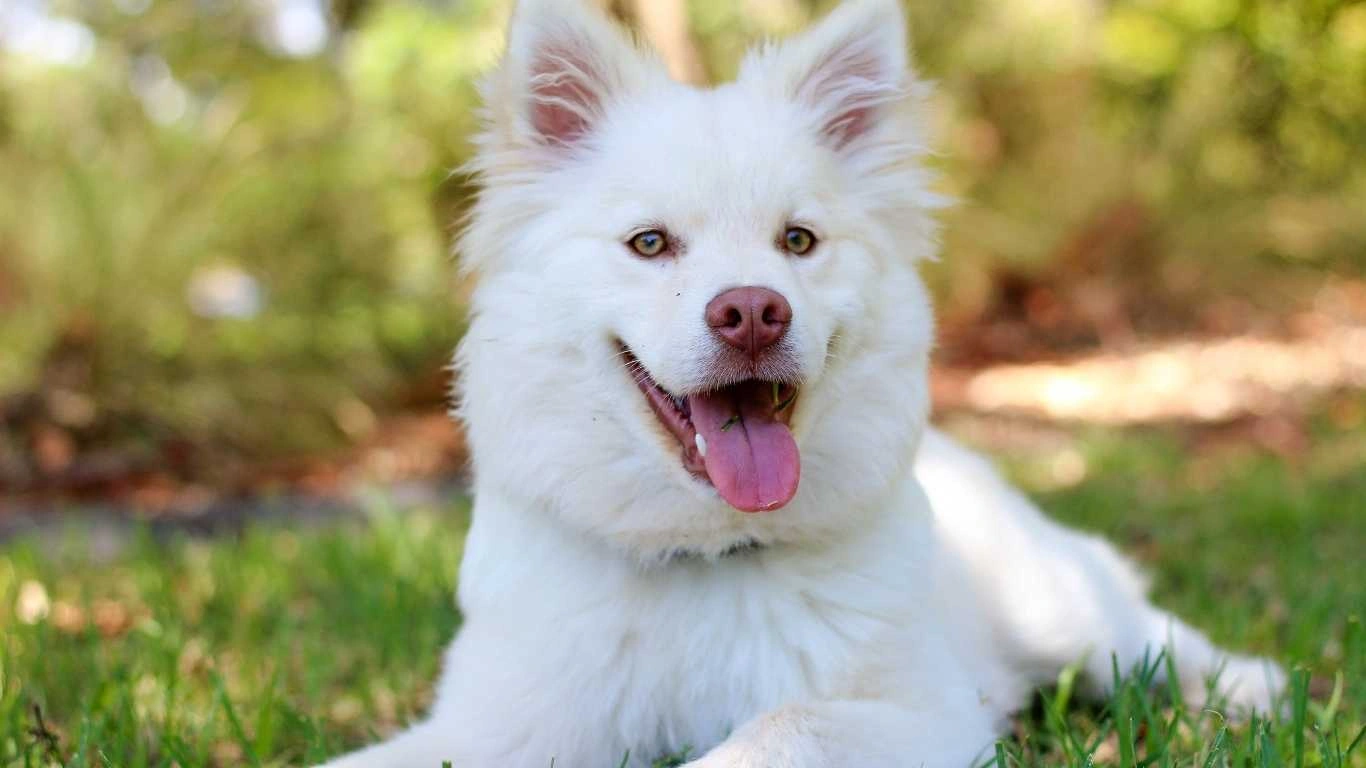
If you’re feeling unsure whether your dog is at their ideal weight, the Body Condition Score (BCS) is your secret weapon. I used this daily at the shelter to assess new intakes — it’s a visual and hands-on method of gauging body fat and muscle tone. Basically, it helps you understand whether your dog is too thin, just right, or carrying a little extra “fluff.”
The BCS scale typically ranges from 1 to 9:
- 1-3: Underweight (ribs, spine, and bones are visible with no fat cover)
- 4-5: Ideal (ribs can be felt easily but not seen, waist is visible from above)
- 6-9: Overweight to obese (ribs are hard to feel, belly is round, no waist)
Once you determine where your dog sits on that scale, you can adjust calories accordingly. At the clinic, I’d show pet parents how to gently run their hands over their dog’s ribcage — it should feel like the back of your hand. If it feels more like your palm? Probably overweight.
How BCS Connects to Calorie Calculation
BCS is a great visual check-in to see if the calories you’re feeding are hitting the mark. If your dog is drifting into a 6 or 7 on the scale, it might be time to reduce intake by about 10% and increase playtime. On the flip side, if they’re hovering below 4, you’ll want to up the calories and possibly look into a higher-fat formula or add an extra snack.
Common Feeding Mistakes That Throw Off Calorie Goals

Even the most devoted dog parents (myself included) have slipped up on the feeding front. Knowing how to calculate calorie needs for your dog is amazing — but sticking to it consistently is where the real magic happens.
Here are a few common missteps I’ve seen — and made:
- Free-feeding: Leaving food out all day encourages overeating. Scheduled meals help regulate intake and digestion.
- Guessing portions: Eyeballing a scoop is rarely accurate. Use a kitchen scale or proper measuring cup!
- Feeding by volume, not calories: Different brands have different caloric densities. One cup of kibble doesn’t equal another cup of kibble.
- Not adjusting for lifestyle changes: Dogs burn fewer calories in winter or when less active.
One of my old clinic clients had a Dalmatian named Spot — gorgeous dog, tons of energy, but they kept feeding based on puppy guidelines long after he was full grown. Once we recalculated his needs and got them on a portioned plan, his energy levels actually improved and his joints thanked us!
Raw, Homemade, and Alternative Diets: A Calorie Minefield

These days, more and more pet parents are shifting toward raw food, home-cooked diets, or boutique grain-free options. While I totally respect the effort — and I’ve even prepared raw meals for rehab dogs myself — they do bring extra complexity when it comes to calorie tracking.
The challenge with these diets is that ingredients vary wildly in calorie content. For example:
- 100g of raw chicken breast: ~165 calories
- 100g of white rice: ~130 calories
- 1 tablespoon olive oil: ~120 calories
It’s surprisingly easy to overfeed when preparing meals at home, especially when you’re not weighing everything precisely. I always recommend working with a vet or canine nutritionist if you go this route — or at the very least, using a tool like the USDA’s FoodData Central to calculate total calories.
If you’re leaning toward a home-prepped or raw diet, I’d also suggest checking out reliable sources like PetMD or the AKC for balanced recipe frameworks and vitamin supplement recommendations. Balanced doesn’t just mean protein and fat — dogs need calcium, zinc, vitamin D, and so much more that can’t always be met with food alone.
Final Thoughts: It’s a Journey, Not a One-Time Fix
So, by now you’ve got the tools, math, and a few of my go-to field tricks for calculating and managing your dog’s calorie needs like a total pro. Whether you’ve got a chunky Corgi who needs to drop a few, or a lean Lab you’re trying to bulk up, remember that it’s all about balance, routine, and real-life flexibility.
Your dog’s calorie needs aren’t carved in stone. They evolve with age, environment, health, and even seasonal changes. Keeping an eye on their body, adjusting portions when needed, and being mindful of every treat (yes, even that stolen French fry) — that’s what makes the biggest difference in their health long-term.
And as someone who’s been in the trenches with rescue pups and clinic patients alike, let me say: your efforts absolutely matter. The dogs feel it. I’ve seen the turnaround in energy, mood, coat, even posture — all from nutrition alone.
References
Disclaimer
This article is based on personal experience as an Animal Care Specialist and general best practices in pet nutrition. It is not a substitute for veterinary advice. Always consult your veterinarian or a certified pet nutritionist before making significant changes to your dog’s diet or caloric intake.
